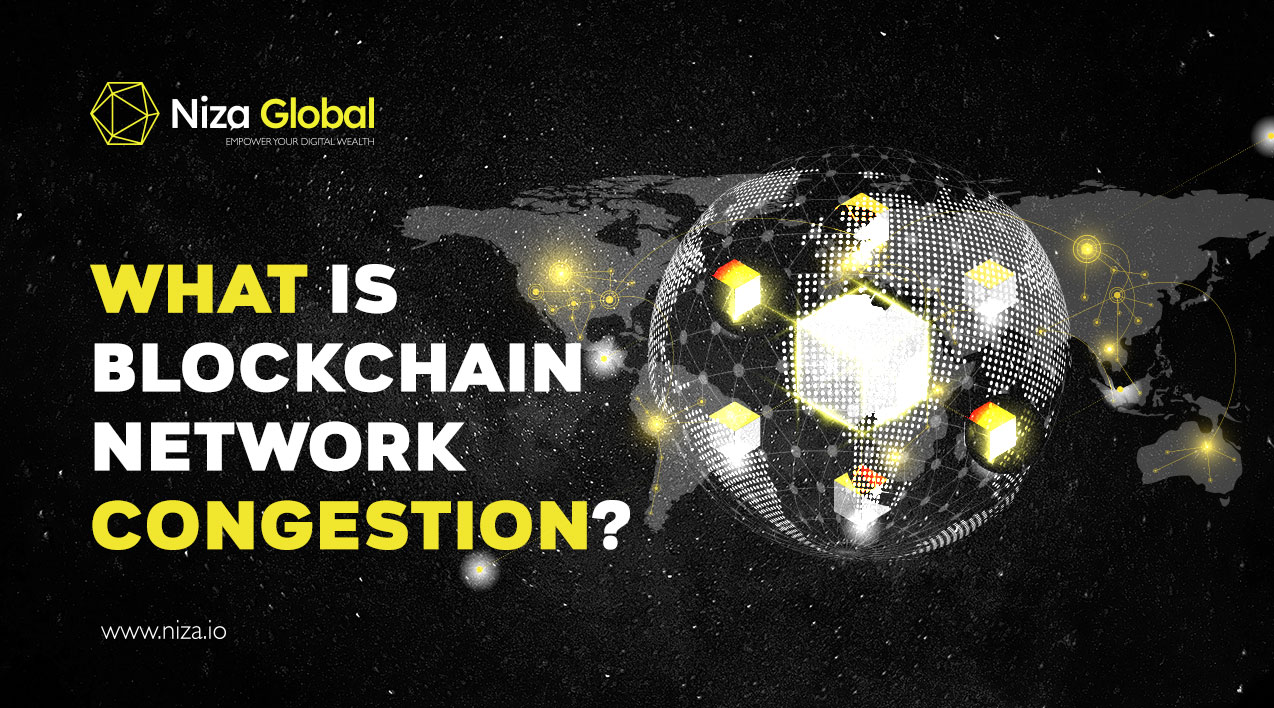Blockchain network congestion occurs when the number of transactions exceeds the network’s capacity, leading to potential delays in processing.
Congestion can be caused by high transaction volumes, increased adoption, or specific events such as token launches. Possible solutions include protocol updates, layer-2 scaling solutions, and expanding the block size.
Understanding Blockchain Network Congestion
Blockchain network congestion happens when the volume of transactions surpasses the network’s capacity to process them quickly, which can result in delays. It’s similar to a traffic jam on a highway where the number of vehicles (transactions) exceeds the road’s capacity, causing slowdowns. When transaction volume exceeds the network’s ability to confirm them in a timely manner, users may experience slower processing times.
Causes of Blockchain Network Congestion
Several factors can contribute to blockchain network congestion. High transaction volumes, increased adoption of blockchain technologies, and events like token launches can all put a strain on the system. For example, the release of new tokens can lead to a surge in transactions, which results in network congestion. Users may try to speed up their transactions by offering additional resources, which can further increase the resource demands during these busy times.
Effects of Blockchain Network Congestion
The effects of congestion are not limited to just slower transaction times. It can also require more resources to process transactions, making them less efficient and negatively affecting the user experience. Increased network usage, high transaction volumes, and events like token launches can all contribute to congestion, leading to longer confirmation times and increased resource needs.
Solutions to Blockchain Network Congestion
Blockchain networks are continually working on improving scalability and reducing congestion-related issues. Solutions such as protocol updates and layer-2 scaling technologies are being explored to enhance blockchain efficiency, even during times of heavy demand. For example, increasing the block size or reducing the time needed to create new blocks can help ease congestion.
The Importance of Efficient Blockchain Transaction Processing
Efficient processing of blockchain transactions is vital for ensuring high throughput, low latency, reduced resource consumption, and better data security across various industries. As blockchain technology becomes more integrated into different sectors, efficient transaction processing is crucial. Scalability, one of blockchain’s main benefits, allows networks to handle large volumes of transactions simultaneously. By reducing latency and congestion, network performance improves, making real-time transaction validation and confirmation possible.


